The maturity of a video game was a strange thing back in the 1980’s. Games were heavily considered to be designed solely for young children. The 1990’s later brought in more mature games with the rise of PC gaming, yet controversy was frequent due to this, ala Night Trap or Doom. This did however help stop the common concept of games being for children, although games in this style weren’t completely uncommon (albeit rarer) in the 1980’s, usually being less popular aside from the odd success such as the Leisure Suit Larry series and similar titles. This in turn brings us over to games like Stormlord.
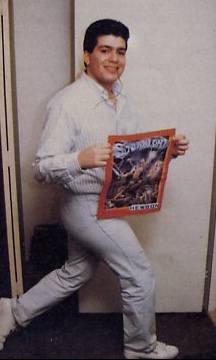
Stormlord is an odd kettle of fish. It was released just at the end of the 1980’s, right between these two eras of adult-oriented games. It’s also one of those games that not a lot of people know about, and for the people who actually do know about it, it’s just considered a bizarre or confusing game. But before we look at the games itself, we need to go back to the beginning of Stormlord’s inception.
Enter Raffaele Cecco, a British programmer who’s created numerous acclaimed home computer games since 1986, with his first notable title being the Spectrum game Cop-Out that same year. Cecco later got hired by Hewson Consultants, programming some of their earlier hits such as Exolon and Cybernoid.
In 1988, right after Cybernoid was released, Cecco started writing journal logs in Spectrum magazine Crash entitled Cecco’s Log. This gave info into early development for Cecco’s next project, a spiritual successor to Exolon as a side-viewed adventure game set in an enchanted realm.
“Hey guys, I’ve just found out the name of the game, it’s going to be called… wait for it… Stormlord. Repeat after me in exceedingly loud voices — ‘STORMLORD!’. Apparently I was the last person to be told. Oh well, I’m only programming the thing after all. Whilst I’m here I may as well take the opportunity to plug the game beyond all reason…
‘Buy or die ‘cos Stormlord is gonna be the most rootin’ tootin’, big hot mama of a game you’ve ever laid your eyes on!’
(Woah! Now that’s what I call aggressive marketing — Saatchi & Saatchi, eat your hearts out).”
– Cecco’s Log, May 24th, 1988
Stormlord
With the help of coding by Nick Jones and graphics by Hugh Binns, Cecco created Stormlord after around a year in development.
The plot involves you playing as the ancient warrior Stormlord, fighting against the evil Queen Badh who plagued “The Realm” in eternal darkness and has entombed innocent Faeries within spell-bubbles. It’s a standard platformer that is a mix between action-adventure and puzzle elements, leaning more towards the action-adventure side.
The game is spread across ten levels giving you a set number of Faeries to rescue, usually placed in inconvenient locations that can be accessed with objects like Umbrellas, Honey Pots, Bucket Of Water, etc. If you have successfully obtained all the Faeries in the level, you will be rewarded with a bonus stage in which you have to collect falling Faerie bubbles within in a brief amount of time. The more bubbles you collect, the more lives you’ll receive.
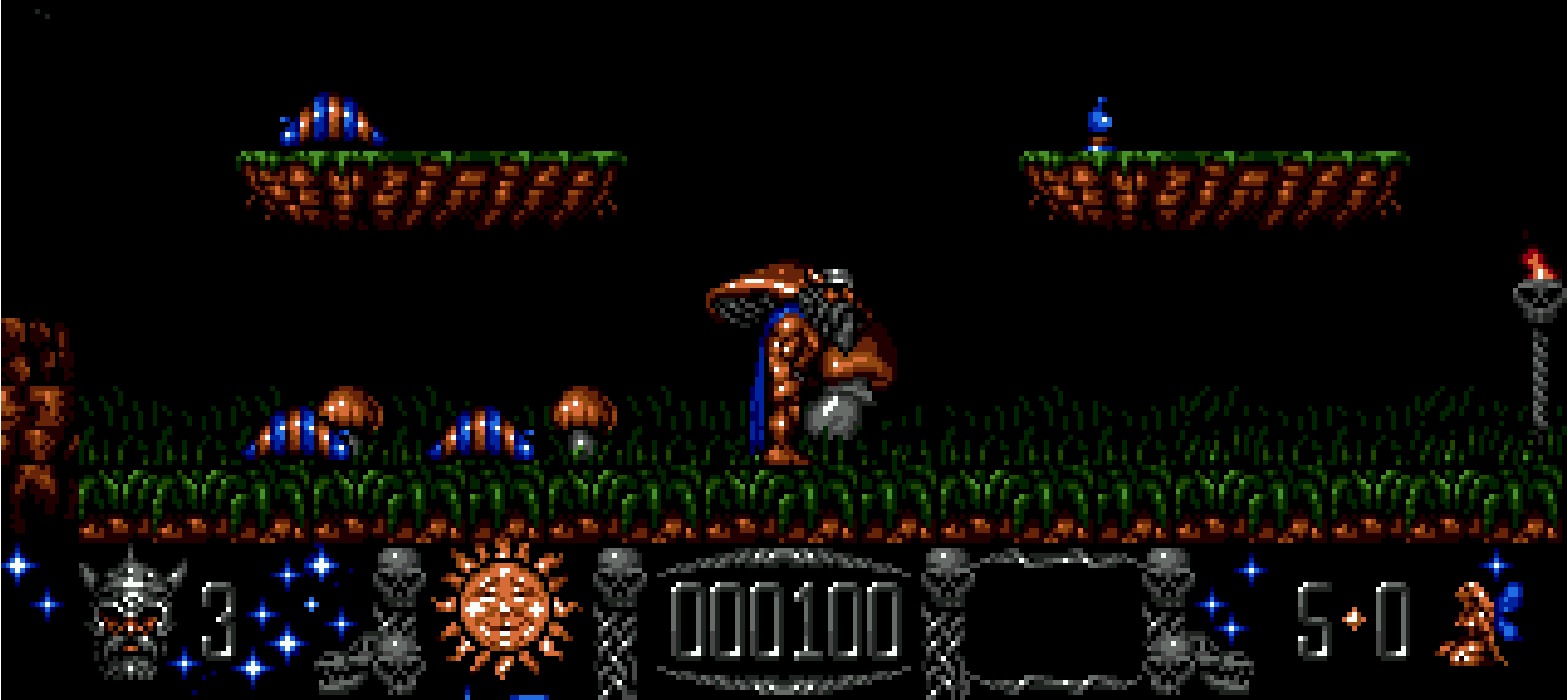
Ports for the Amiga, Atari ST, Amstrad CPC, C64, DOS and ZX Spectrum all coincided each other(came out) in 1989. Reviews were mixed all around but overall considered positive, meeting up with the standard Cecco’s games were normally put on. The positive reception caught the eye of other development teams trying to aim at a more mature audience too. The first of which was Oklahoma based company Razorsoft.
At the time Razorsoft was a toy manufacturer, but quickly jumped onto the gaming bandwagon and became one of earliest licensees to produce games for the Genesis. Stormlord was their first release, programmed by Kevin Seghetti of Punk Developments and released in 1990.
The port is a nearly identical conversion to that of the Amiga original but with one minor change; the Faeries, who previously were completely nude, were now covered up in brown patchy underwear. This wasn’t the first time the Faeries were censored, as magazine coverdisk releases of the CPC port covered them up with simple black boxes for younger readers. Several sources claim that Sega of America pulled the game off the market until Razorsoft covered up the breasts, but Kevin Seghetti claims otherwise.
“When we did the port, Razorsoft specified they needed the Faeries covered up, for the American market. That was always the plan. So it wasn’t added later, my wife added in the bra graphics early on. The Wikipedia and SegaRetro pages on Stormlord do not match my recollection on this point.
Sega never made stormlord cartridges. Razorsoft decided to make their own cartridges, instead of buying them from Sega, to save money. If you look at a Stormlord cartridge, you can see the plastics are different than what Sega makes.
Sega had 2 different methods of profiting from 3rd party cartridges:
– Licensing Fees (which Razorsoft paid)
– Manufacturing Fees (which Razorsoft chose not to pay, by making carts themselves).I don’t think Sega ever intended anyone to make their own carts, so they were surprised by this. A lawsuit did ensure, the resolution of which was never revealed, as they were sealed as part of the settlement. I wasn’t privy to the details of the lawsuit.
However, we did put a cheat code system in the game, so that we could release codes after the game came out (a method to keep getting your game mentioned in the magazines of the time). One of the codes removes the clothes from the fairies, revealing the original artwork. Razorsoft specified this as well. I vaguely recall we may have removed that particular cheat code before we shipped.”
– Kevin Seghetti
Another port was allegedly planned for the NES by unlicensed developer Colour Dreams. It was to be the second release in a line of never released games using an advanced “Super Cartridge” that contained an extra Z80 processor that modified the tiles in the cartridge RAM without alerting the NES processor. This, along with a game based on the movie Hellraiser using the same hardware, never saw release.
Stormlord II: Deliverance & Deliverance
Almost immediately after release of the original, Raffaele had planned a sequel to wrap up the adventures of Stormlord. This follow-up was an 8-bit computer exclusive, entitled Stormlord II: Deliverance.
After Stormlord defeated Queen Badh, her surviving followers combine their powers to capture all the Faeries again. Stormlordnow has to rescue the fairies for the second time, going through the depths of Hell all the way to Heaven in a format nearly identical to the original release.
Versions were released on time for the ZX Spectrum and Amstrad CPC, while a C64 port had a longer development due to issues with the choice of music. Hewson never was satisfied with the music Charles Deenen had to offer for the game and requested for a different composer. Composers such as Laxity, Reyn Ouwehand, Johannes Bjerregaard, Jeroen Tel, Jesper Olsen, and more all sent in music until Hewson ultimately decided for composer Matt Gray to do the music.
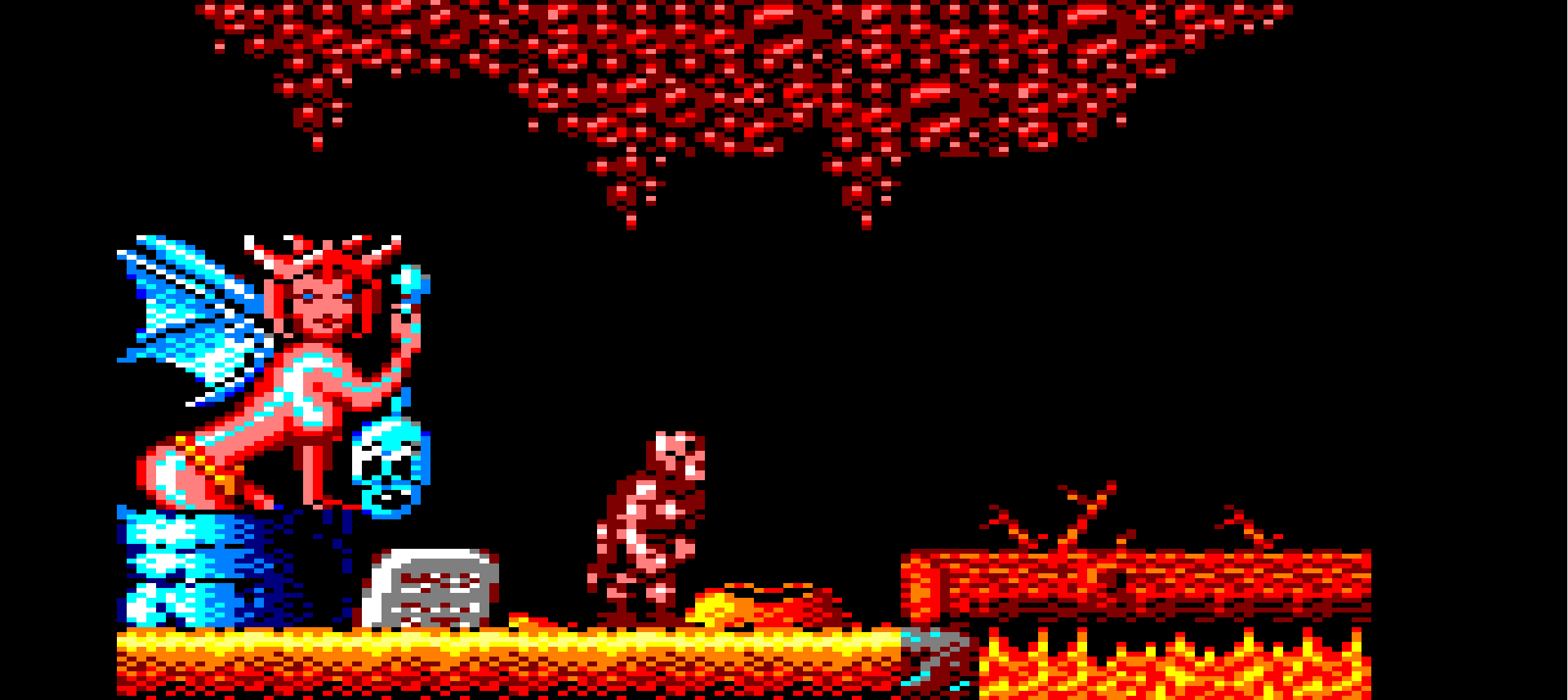
In 1991, Hewson Consultants was wound up and replaced by 21st Century Entertainment, making the 8-bit versions of Stormlord II one of their final major releases under the Hewson title. This didn’t stop the franchise however, as one year later came the 16-bit conversions, simply titled Deliverance. These versions are vastly different compared to their 8-bit counterparts.
The story in these versions are also vastly different. Stormlordsuccessfully saved all of the Faeries but failed to fully slay Queen Badh, who escaped and vanished for many years to come. Eventually, Bahd has returned in league with none other than Satan himself. Stormlord must defeat them in order to save the realm and finally bring peace for good.
The game still takes the form of a platformer, but has removed the puzzle elements from the first two games almost entirely and goes more in the style of Bitmap Brother’s Gods for the Amiga. The developers, Peter Verswyvelen, Barry Simpson and Kim Goossens, took the project ambitiously with plans of larger levels, bigger sprites, and much more detailed graphics. These plans seemingly became too much for Peter and Kim, as the fourth and final level replaced the basic platform level with a short, botched shoot-em-up stage in order to save time.
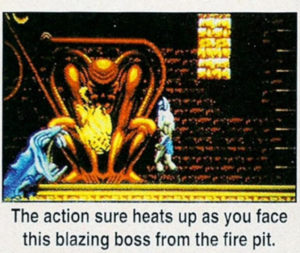
Razorsoft planned a Genesis port in early 1993 entitled Keeper Of The Gates, but this never saw release. Only a few screenshots are known to exist as well as a preview in Electronic Gaming Monthly. The project was likely cancelled as Razorsoft’s game division went about of business that same year, with their final game being the SEGA Master System port of Rampart. Kevin Seghetti has little to no recollection of this port despite being the main programmer of every other Razorsoft game at the time.
Sadly this game was to be the end of the franchise aside from a bundle of Amiga classics sold for German markets in 2004. The series has never even seen a rerelease after Delivance likely due to the rumoured Faerie controversy. But as a game that seemed to be one of the very first distributed as a ‘mature’ game on a home console, it’s nice to see that it served as one of the first to push the boundaries of who a game is meant for.
And hey, with the recent return of Hewson Consultants, maybe Stormlord will see a return for modern gamers. Especially with how much stronger the adult gaming market is today, and that is partially thanks to games like Stormlord.

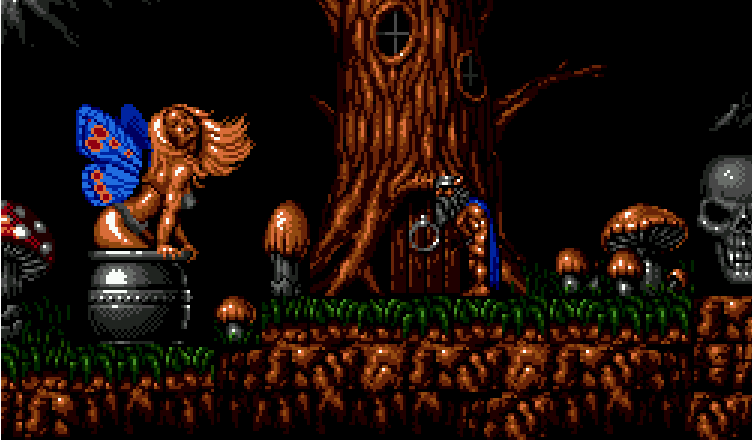





Always wondered about this franchise- great info! The Genesis release really had the fantasy setting down pat and of course the fairy vixens that captured the teen’s imagination. It was quite difficult though and if I recall correctly, re-starting from stage 1 was a downer. It was ‘80s tough.